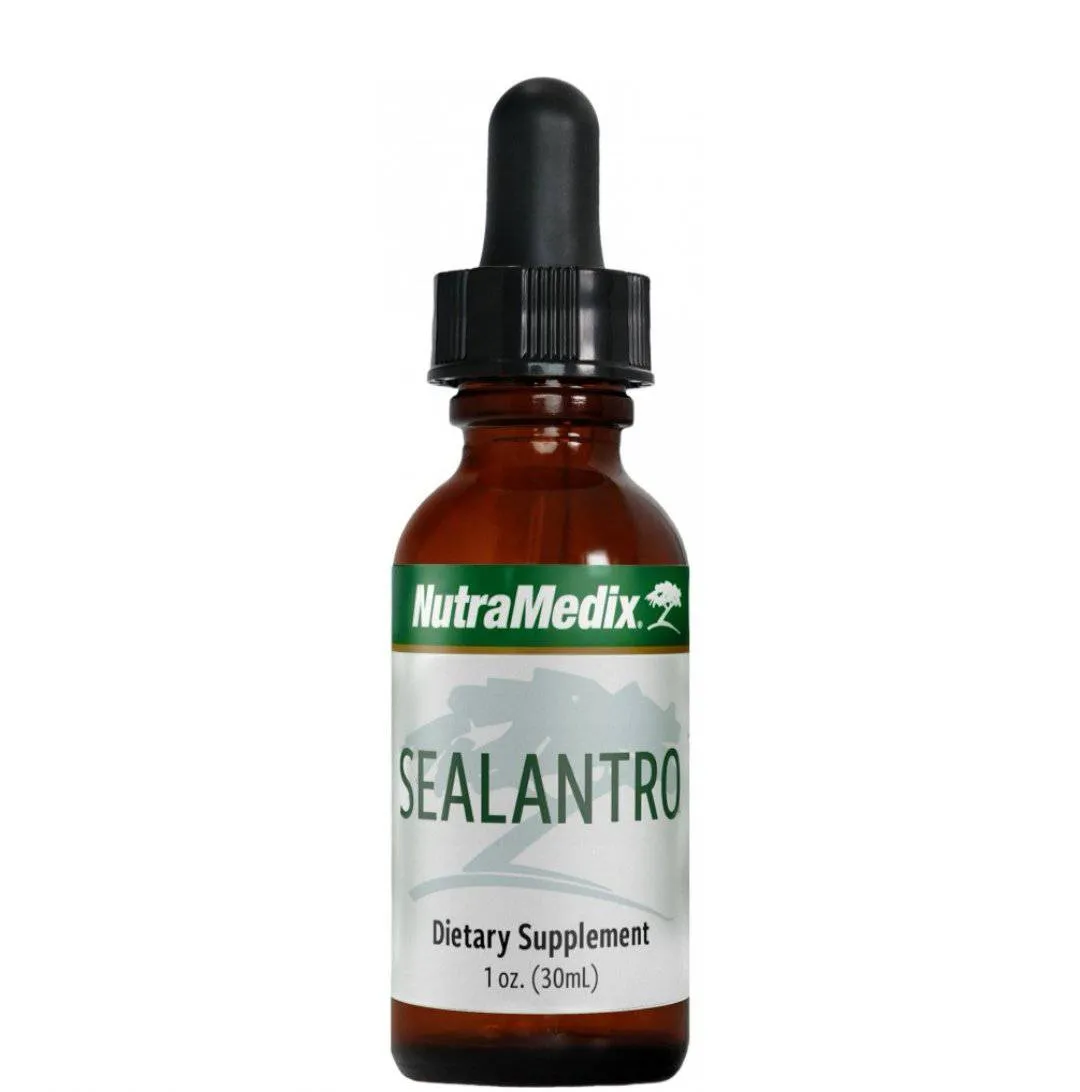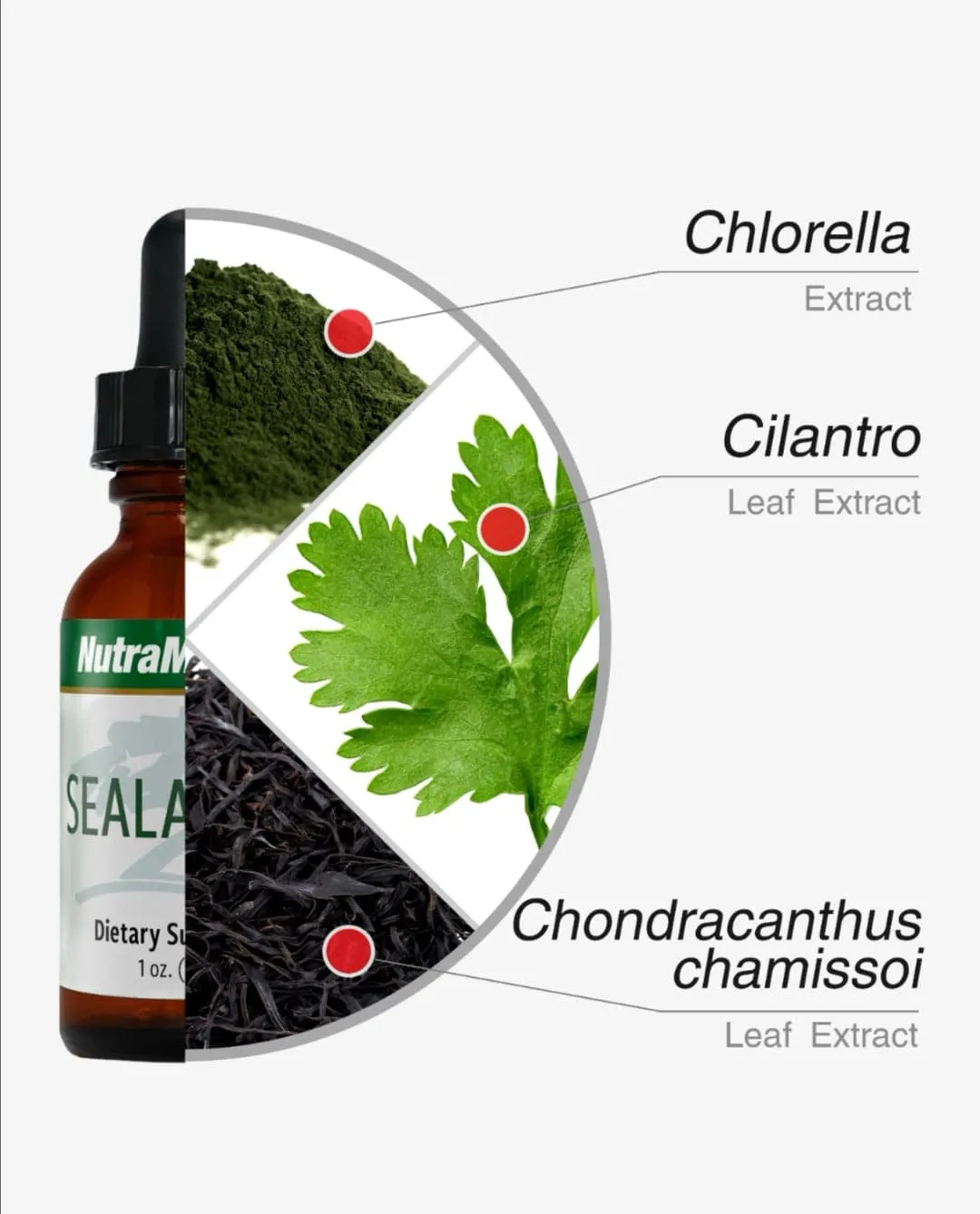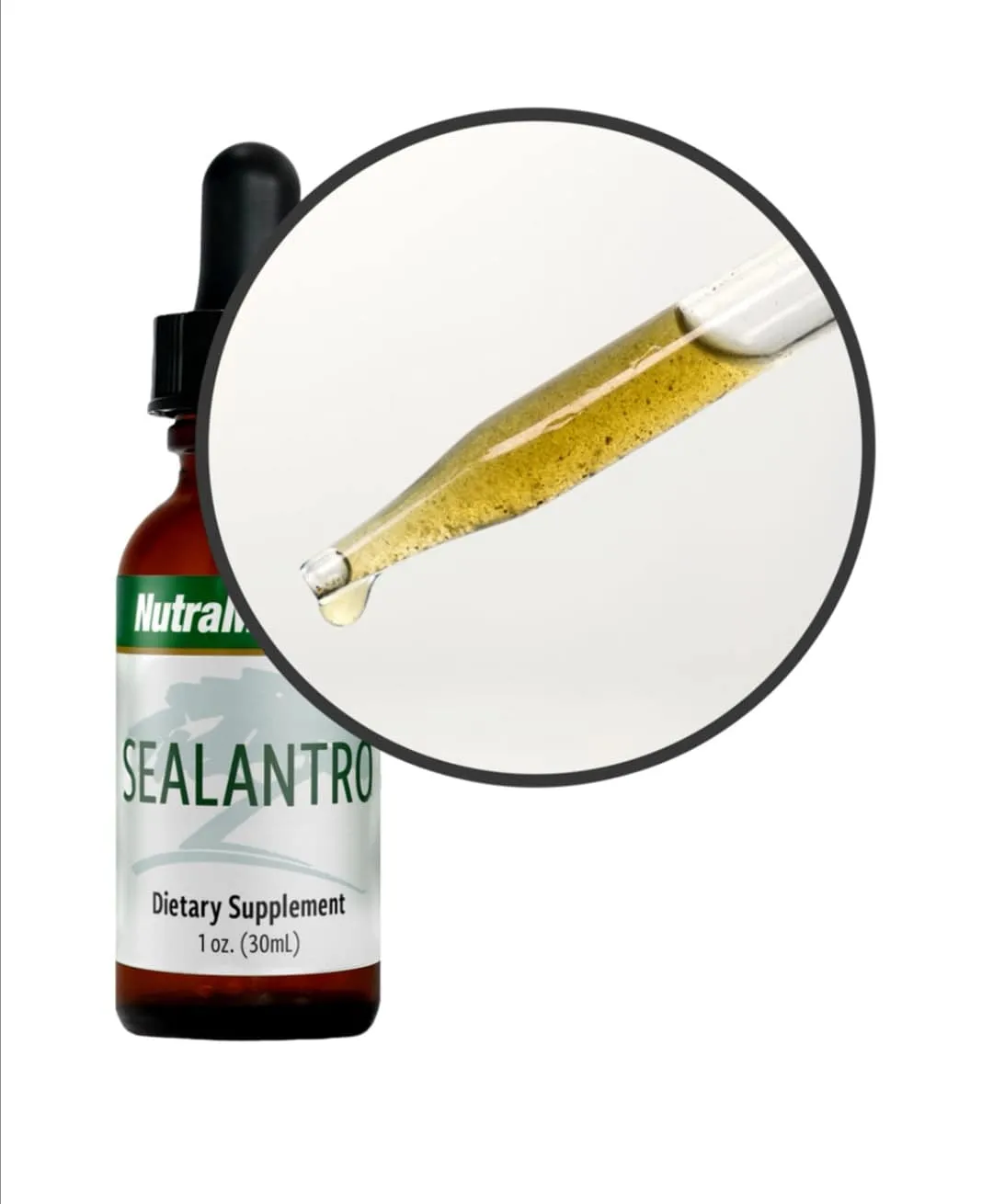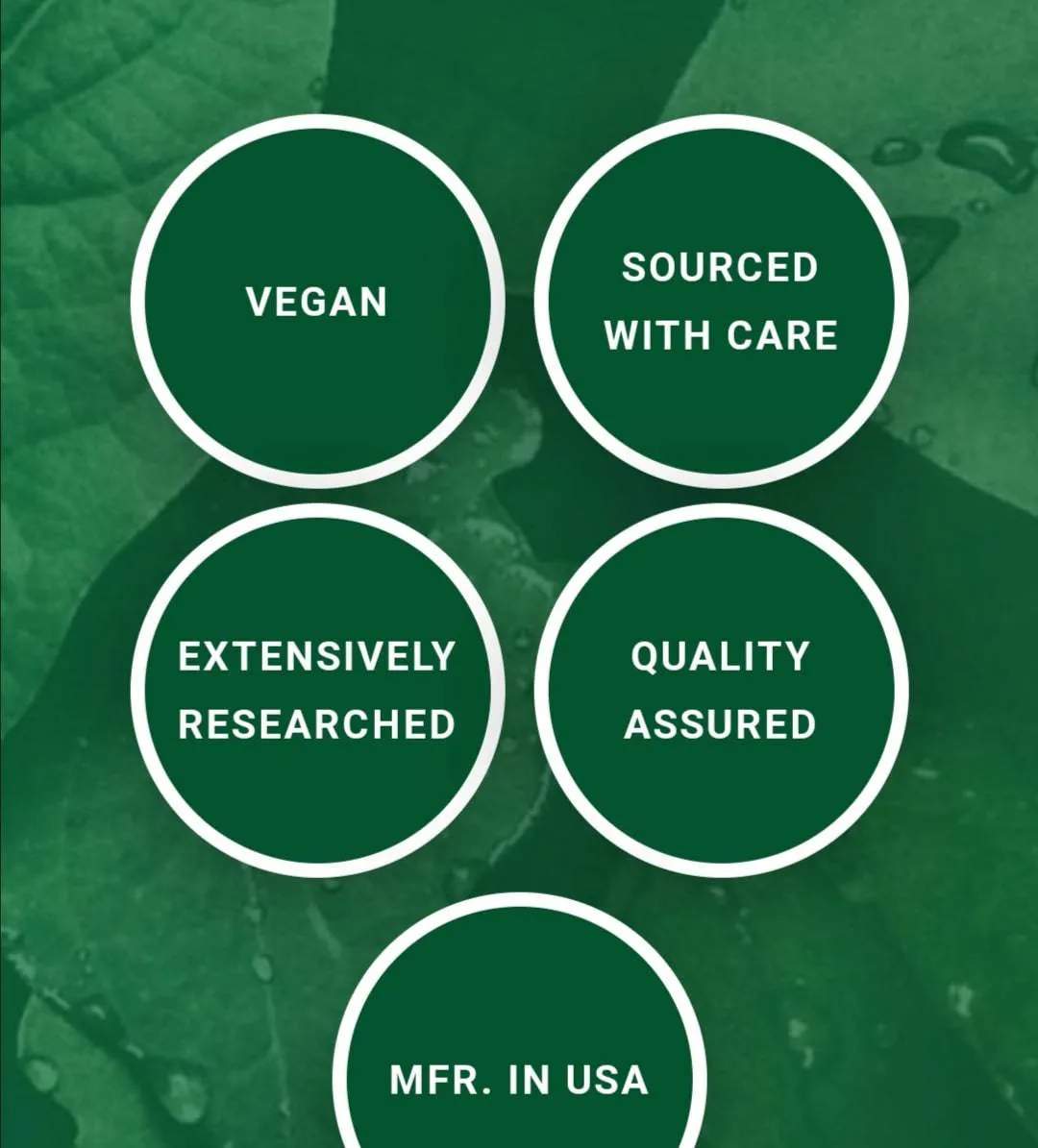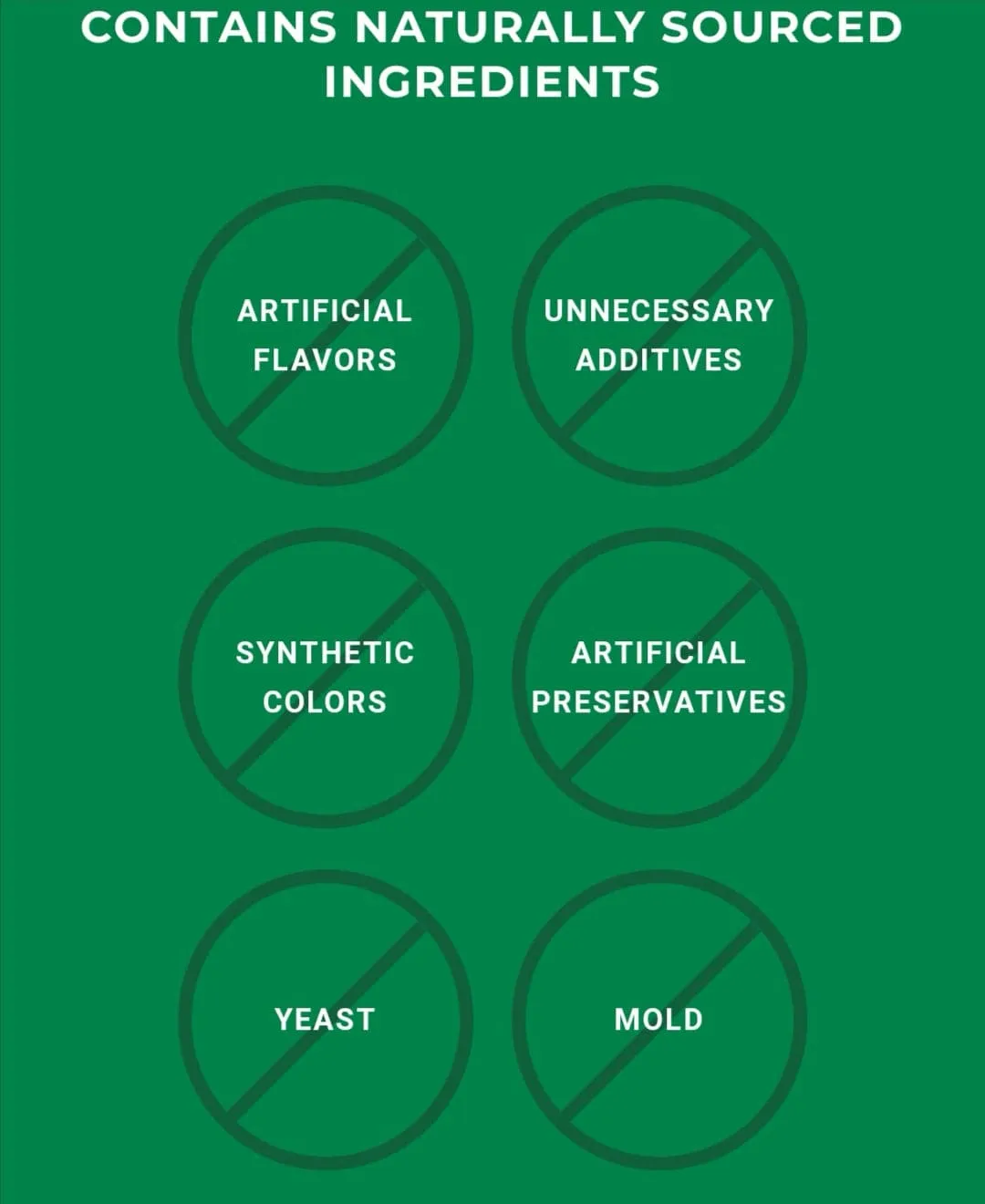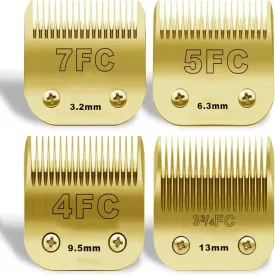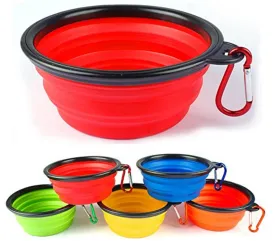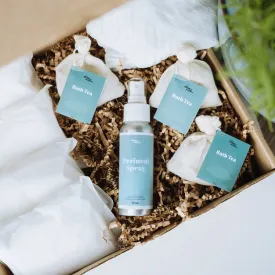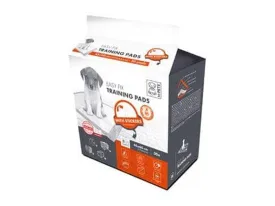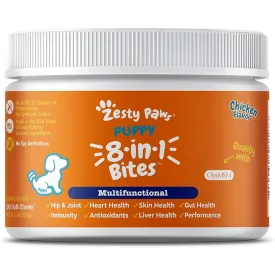FOR RESOLVING PHYSICAL AND MENTAL EXHAUSTION, JOINT PAIN AND REPRODUCTIVE ISSUES ASSOCIATED WITH HEAVY METAL TOXICITY
TRIPLE HERBAL EXTRACT - This triple powered formula contains herbal extracts of Chlorella, Cilantro, and Pacific Cold Water Red Seaweed.*
General Description
Sealantro is a proprietary blend of the extracts of three plants — Chlorella vulgaris, Cilantro (Coriandrum sativum), and Seaweed (Chondracanthus chamissoi). This powerful combination of extracts detoxifies viral gastroenteritis and mobilizes and binds heavy metals, various radioactive substances, and other positively-charged toxins, especially in the gut. This "gut binding" aids the elimination of those substances from the body. Some specific metals eliminated by Sealantro include lead, arsenic, mercury, barium, cadmium, silver, nickel, aluminum, tin, titanium, radium, and indium. Sealantro is an integral component of the Cowden Support Program, developed by W. Lee Cowden, MD to address chronic inflammatory conditions such as Lyme disease.
Some Reported Medicinal Properties
ANTI-INFLAMMATORY
ANTI-DIABETIC
ANTIOXIDANT
ANTIBACTERIAL
ANTIFUNGAL
BLOOD PURIFIER
METAL DETOXIFIER
IMPROVES DIGESTION
BOOSTS IMMUNE SYSTEM
LOWERS CHOLESTEROL
PROPRIETARY WHOLE HERB EXTRACTION PROCESS - Highly bioavailable liquid for improved absorption. NutraMedix’s unique enhancement process optimizes the whole herb for a more powerful broad-spectrum concentration.*
FROM NATURE, NOT GMOS - Our products are sourced from nature’s richest botanical resources, primarily Peru and the Amazon Rainforest. All products are vegan, Non-GMO, and do not contain corn, gluten, yeast, soy, or dairy.*
FEEL THE DIFFERENCE - Put 40 drops in 4 oz. of water and wait one minute before drinking. Take every other day (30 min. before a meal) or as directed by your physician. Do not use if pregnant or nursing. Shake well before each use.*
OVER 25 YEARS OF NUTRACEUTICAL INNOVATION – Founded in 1993, NutraMedix supplies highly bioavailable nutritional supplements to health care professionals and consumers.
THE BUSINESS OF GIVING BACK – NutraMedix is dedicated to donating a minimum of 50% of profits to charitable organizations.
Medical Conditions [peer-reviewed journals]
ALZHEIMER’S
Mani, V., Parle, M., Ramasamy, K., & Abdul Majeed, A. B. (2011). Reversal of memory deficits by Coriandrum sativum leaves in mice. Journal of the Science of Food and Agriculture, 91(1), 186-192.
CARDIOVASCULAR ISSUES
Patel, D. K., Desai, S. N., Gandhi, H. P., Devkar, R. V., & Ramachandran, A. V. (2012). Cardio protective effect of Coriandrum sativum L. on isoproterenol induced myocardial necrosis in rats. Food and chemical toxicology, 50(9), 3120-3125.
COLON CANCER
Chithra, V., & Leelamma, S. (2000). Coriandrum sativum—effect on lipid metabolism in 1, 2-dimethyl hydrazine induced colon cancer. Journal of Ethnopharmacology, 71(3), 457-463.
DIABETES
Gray, A. M., & Flatt, P. R. (1999). Insulin-releasing and insulin-like activity of the traditional anti-diabetic plant Coriandrum sativum (coriander). British Journal of Nutrition, 81(3), 203-209.
Eidi, M., Eidi, A., Saeidi, A., Molanaei, S., Sadeghipour, A., Bahar, M., & Bahar, K. (2009). Effect of coriander seed (Coriandrum sativum L.) ethanol extract on insulin release from pancreatic beta cells in streptozotocin‐induced diabetic rats. Phytotherapy Research: An International Journal Devoted to Pharmacological and Toxicological Evaluation of Natural Product Derivatives, 23(3), 404-406.
LUNG CANCER
Wang, H. M., Pan, J. L., Chen, C. Y., Chiu, C. C., Yang, M. H., Chang, H. W., & Chang, J. S. (2010). Identification of anti-lung cancer extract from Chlorella vulgaris CC by antioxidant property using supercritical carbon dioxide extraction. Process Biochemistry, 45(12), 1865-1872.
STRESS
Hasegawa, T., Noda, K., Kumamoto, S., Ando, Y., Yamada, A., & Yoshikai, Y. (2000). Chlorella vulgaris culture supernatant (CVS) reduces psychological stress-induced apoptosis in thymocytes of mice.International journal of immunopharmacology, 22(11), 877-885.
Medicinal Properties [peer-reviewed journals]
ANTI-ANXIETY
Mahendra, P., & Bisht, S. (2011). Anti-anxiety activity of Coriandrum sativum assessed using different experimental anxiety models. Indian Journal of Pharmacology, 43(5), 574.
ANTITUMOR
Morimoto, T., Nagatsu, A., Murakami, N., Sakakibara, J., Tokuda, H., Nishino, H., & Iwashima, A. (1995). Anti-tumour-promoting glyceroglycolipids from the green alga, Chlorella vulgaris. Phytochemistry, 40(5), 1433-1437.
Konishi, F., Tanaka, K., Himeno, K., Taniguchi, K., & Nomoto, K. (1985). Antitumor effect induced by a hot water extract of Chlorella vulgaris (CE): resistance to Meth-A tumor growth mediated by CE-induced polymorphonuclear leukocytes. Cancer Immunology, Immunotherapy, 19(2), 73-78.
ANTIBACTERIAL
Silva, F., Ferreira, S., Queiroz, J. A., & Domingues, F. C. (2011). Coriander (Coriandrum sativum L.) essential oil: its antibacterial activity and mode of action evaluated by flow cytometry. Journal of Medical Microbiology, 60(10), 1479-1486.
Saeed, S., & Tariq, P. (2007). Antibacterial activities of Emblica officinalis and Coriandrum sativum against Gram negative urinary pathogens. Pakistan Journal of Pharmaceutical Sciences, 20(1), 32-35.
Lo Cantore, P., Iacobellis, N. S., De Marco, A., Capasso, F., & Senatore, F. (2004). Antibacterial activity of Coriandrum sativum L. and Foeniculum vulgare Miller var. vulgare (Miller) essential oils. Journal of Agricultural and Food Chemistry, 52(26), 7862-7866.
ANTIFUNGAL
de Almeida Freires, I., Murata, R. M., Furletti, V. F., Sartoratto, A., de Alencar, S. M., Figueira, G. M., ... & Rosalen, P. L. (2014). Coriandrum sativum L.(coriander) essential oil: antifungal activity and mode of action on Candida spp., and molecular targets affected in human whole-genome expression. PLoS One, 9(6), e99086.
Soares, B. V., Morais, S. M., dos Santos Fontenelle, R. O., Queiroz, V. A., Vila-Nova, N. S., Pereira, C., ... & Castelo-Branco, D. S. (2012). Antifungal activity, toxicity and chemical composition of the essential oil of Coriandrum sativum L. fruits. Molecules, 17(7), 8439-8448.
Silva, F., Ferreira, S., Duarte, A., Mendonca, D. I., & Domingues, F. C. (2011). Antifungal activity of Coriandrum sativum essential oil, its mode of action against Candida species and potential synergism with amphotericin B. Phytomedicine, 19(1), 42-47.
ANTIMICROBIAL
Syed, S., Arasu, A., & Ponnuswamy, I. (2015). The uses of Chlorella vulgaris as antimicrobial agent and as a diet: the presence of bio-active compounds which caters the vitamins, minerals in general. Int J Biosci Biotechnol, 7(1), 185-190.
Rattanachaikunsopon, P., & Phumkhachorn, P. (2010). Potential of coriander (Coriandrum sativum) oil as a natural antimicrobial compound in controlling Campylobacter jejuni in raw meat. Bioscience, biotechnology, and biochemistry, 74(1), 31-35.
Begnami, A. F., Duarte, M. C. T., Furletti, V., & Rehder, V. L. G. (2010). Antimicrobial potential of Coriandrum sativum L. against different Candida species in vitro. Food Chemistry, 118(1), 74-77.
Matasyoh, J. C., Maiyo, Z. C., Ngure, R. M., & Chepkorir, R. (2009). Chemical composition and antimicrobial activity of the essential oil of Coriandrum sativum. Food Chemistry, 113(2), 526-529.
Saeed, S., & Tariq, P. (2007). Antimicrobial activities of Emblica officinalis and Coriandrum sativum against gram positive bacteria and Candida albicans.Pak. J. Bot, 39(3), 913-917.
ANXIOLYTIC
Emamghoreishi, M., Khasaki, M., & Aazam, M. F. (2005). Coriandrum sativum: evaluation of its anxiolytic effect in the elevated plus-maze. Journal of Ethnopharmacology, 96(3), 365-370.
ANTIOXIDANT
Takyar, M. B. T., Khajavi, S. H., & Safari, R. (2019). Evaluation of antioxidant properties of Chlorella vulgaris and Spirulina platensis and their application in order to extend the shelf life of rainbow trout (Oncorhynchus mykiss) fillets during refrigerated storage. LWT, 100, 244-249.
Habashy, N. H., Serie, M. M. A., Attia, W. E., & Abdelgaleil, S. A. (2018). Chemical characterization, antioxidant and anti-inflammatory properties of Greek Thymus vulgaris extracts and their possible synergism with Egyptian Chlorella vulgaris. Journal of Functional Foods, 40, 317-328.
González-Marrugo, L. B., Granados-Llamas, E. A., Granados-Conde, C., Tejada-Tovar, C. N., & Ortega-Toro, R. (2018). Extraction and Evaluation of the Antioxidant Properties of Coriander (Coriandrum sativum) Seed Essential Oil.
Msaada, K., Jemia, M. B., Salem, N., Bachrouch, O., Sriti, J., Tammar, S., ... & Marzouk, B. (2017). Antioxidant activity of methanolic extracts from three coriander (Coriandrum sativum L.) fruit varieties. Arabian Journal of Chemistry, 10, S3176-S3183.
Baghdadi, H. H., El-Demerdash, F. M., Radwan, E. H., & Hussein, S. (2016). The protective effect of Coriandrum sativum L. oil against liver toxicity induced by ibuprofen in rats. J Biosci Appl Res, 2, 197-202.
Zeković, Z., Vidović, S., Vladić, J., Radosavljević, R., Cvejin, A., Elgndi, M. A., & Pavlić, B. (2014). Optimization of subcritical water extraction of antioxidants from Coriandrum sativum seeds by response surface methodology. The Journal of Supercritical Fluids, 95, 560-566.
Tang, E. L., Rajarajeswaran, J., Fung, S. Y., & Kanthimathi, M. S. (2013). Antioxidant activity of Coriandrum sativum and protection against DNA damage and cancer cell migration. BMC complementary and alternative medicine, 13(1), 347.
Park, G., Kim, H. G., Kim, Y. O., Park, S. H., Kim, S. Y., & Oh, M. S. (2012). Coriandrum sativum L. protects human keratinocytes from oxidative stress by regulating oxidative defense systems. Skin pharmacology and physiology, 25(2), 93-99.
Divya, P., Puthusseri, B., & Neelwarne, B. (2012). Carotenoid content, its stability during drying and the antioxidant activity of commercial coriander (Coriandrum sativum L.) varieties. Food Research International, 45(1), 342-350.
Darughe, F., Barzegar, M., & Sahari, M. A. (2012). Antioxidant and antifungal activity of Coriander (Coriandrum sativum L.) essential oil in cake. International Food Research Journal, 19(3), 1253-1260.
Sreelatha, S., Padma, P. R., & Umadevi, M. (2009). Protective effects of Coriandrum sativum extracts on carbon tetrachloride-induced hepatotoxicity in rats. Food and Chemical Toxicology, 47(4), 702-708.
Vijayavel, K., Anbuselvam, C., & Balasubramanian, M. P. (2007). Antioxidant effect of the marine algae Chlorella vulgaris against naphthalene-induced oxidative stress in the albino rats. Molecular and cellular biochemistry, 303(1-2), 39-44.
Deepa, B., & Anuradha, C. V. (2011). Antioxidant potential of Coriandrum sativum L. seed extract. Indian Journal of Experimental Biology.
Wong, P. Y., & Kitts, D. D. (2006). Studies on the dual antioxidant and antibacterial properties of parsley (Petroselinum crispum) and cilantro (Coriandrum sativum) extracts. Food Chemistry, 97(3), 505-515.
Guerra, N. B., de Almeida Melo, E., & Mancini Filho, J. (2005). Antioxidant compounds from coriander (Coriandrum sativum L.) etheric extract. Journal of Food Composition and Analysis, 18(2-3), 193-199.
de Almeida Melo, E., Mancini Filho, J., & Guerra, N. B. (2005). Characterization of antioxidant compounds in aqueous coriander extract (Coriandrum sativum L.).LWT-Food Science and Technology, 38(1), 15-19.
Hashim, M. S., Lincy, S., Remya, V., Teena, M., & Anila, L. (2005). Effect of polyphenolic compounds from Coriandrum sativum on H2O2-induced oxidative stress in human lymphocytes. Food Chemistry, 92(4), 653-660.
de Almeida Melo, E., Bion, F. M., Filho, J. M., & Guerra, N. B. (2003). In vivo antioxidant effect of aqueous and etheric coriander (Coriandrum sativum L.) extracts. European Journal of Lipid Science and Technology, 105(9), 483-487.
Ramadan, M. F., Kroh, L. W., & Mörsel, J. T. (2003). Radical scavenging activity of black cumin (Nigella sativa L.), coriander (Coriandrum sativum L.), and niger (Guizotia abyssinica Cass.) crude seed oils and oil fractions. Journal of Agricultural and Food Chemistry, 51(24), 6961-6969.
Chithra, V., & Leelamma, S. (1999). Coriandrum sativum changes the levels of lipid peroxides and activity of antioxidant enzymes in experimental animals. Indian Journal of Biochemistry & Biophysics.
ANTHELMINTIC
Eguale, T., Tilahun, G., Debella, A., Feleke, A., & Makonnen, E. (2007). In vitro and in vivo anthelmintic activity of crude extracts of Coriandrum sativum against Haemonchus contortus. Journal of Ethnopharmacology, 110(3), 428-433.
ANTI-INFLAMMATORY
Sonika, G., Manubala, R., & Deepak, J. (2010). Comparative studies on anti-inflammatory activity of Coriandrum Sativum, Datura stramonium and Azadirachta Indica. Asian J Exp Biol Sci, 1(1), 151-154.
CHELATING EFFECTS
Queiroz, M. L., Rodrigues, A. P., Bincoletto, C., Figueirêdo, C. A., & Malacrida, S. (2003). Protective effects of Chlorella vulgaris in lead-exposed mice infected with Listeria monocytogenes. International immunopharmacology, 3(6), 889-900.
CHOLESTEROL LOWERING
Dhanapakiam, P., Joseph, J. M., Ramaswamy, V. K., Moorthi, M., & Kumar, A. S. (2007). The cholesterol-lowering property of coriander seeds (Coriandrum sativum): mechanism of action. Journal of Environmental Biology, 29(1), 53.
HEPATOPROTECTIVE
Pandey, A., Bigoniya, P., Raj, V., & Patel, K. K. (2011). Pharmacological screening of Coriandrum sativum Linn. for hepatoprotective activity. Journal of Pharmacy and Bioallied sciences, 3(3), 435.
IMMUNOMODULATING
Morris, H. J., Carrillo, O., Almarales, A., Bermúdez, R. C., Lebeque, Y., Fontaine, R., ... & Beltrán, Y. (2007). Immunostimulant activity of an enzymatic protein hydrolysate from green microalga Chlorella vulgaris on undernourished mice. Enzyme and Microbial Technology, 40(3), 456-460.
VARIOUS PROPERTIES
Sathishkumar, P., Preethi, J., Vijayan, R., Yusoff, A. R. M., Ameen, F., Suresh, S., ... & Palvannan, T. (2016). Anti-acne, anti-dandruff and anti-breast cancer efficacy of green synthesised silver nanoparticles using Coriandrum sativum leaf extract. Journal of Photochemistry and Photobiology B: Biology, 163, 69-76.
Rajeshwari, U., & Andallu, B. (2011). Medicinal benefits of coriander (Coriandrum sativum L). SpatulaDD, 1(1), 51-58.
Mizoguchi, T., Takehara, I., Masuzawa, T., Saito, T., & Naoki, Y. (2008). Nutrigenomic studies of effects of Chlorella on subjects with high-risk factors for lifestyle-related disease. Journal of Medicinal Food, 11(3), 395-404.
Singh, G., Maurya, S., De Lampasona, M. P., & Catalan, C. A. (2006). Studies on essential oils, Part 41. Chemical composition, antifungal, antioxidant and sprout suppressant activities of coriander (Coriandrum sativum) essential oil and its oleoresin.Flavour and fragrance journal, 21(3), 472-479.
Conference Presentations
Cowden Support Program for Lyme: Observational Study – Dublin, Ireland – June, 2012 Armin Schwarzbach, MD PhD
Patient Reports
"For over four years, I was exhausted and I couldn't figure out why. The doctor finally told me I had candida overgrowth. I took some products to help, but I still was tired. My sister gave me a bottle of Sealantro, and my energy came back and I feel like my old self again." -I.N.
Dosage Information
40 drops every other day 30 minutes before a meal; use in 4 oz. of water.




